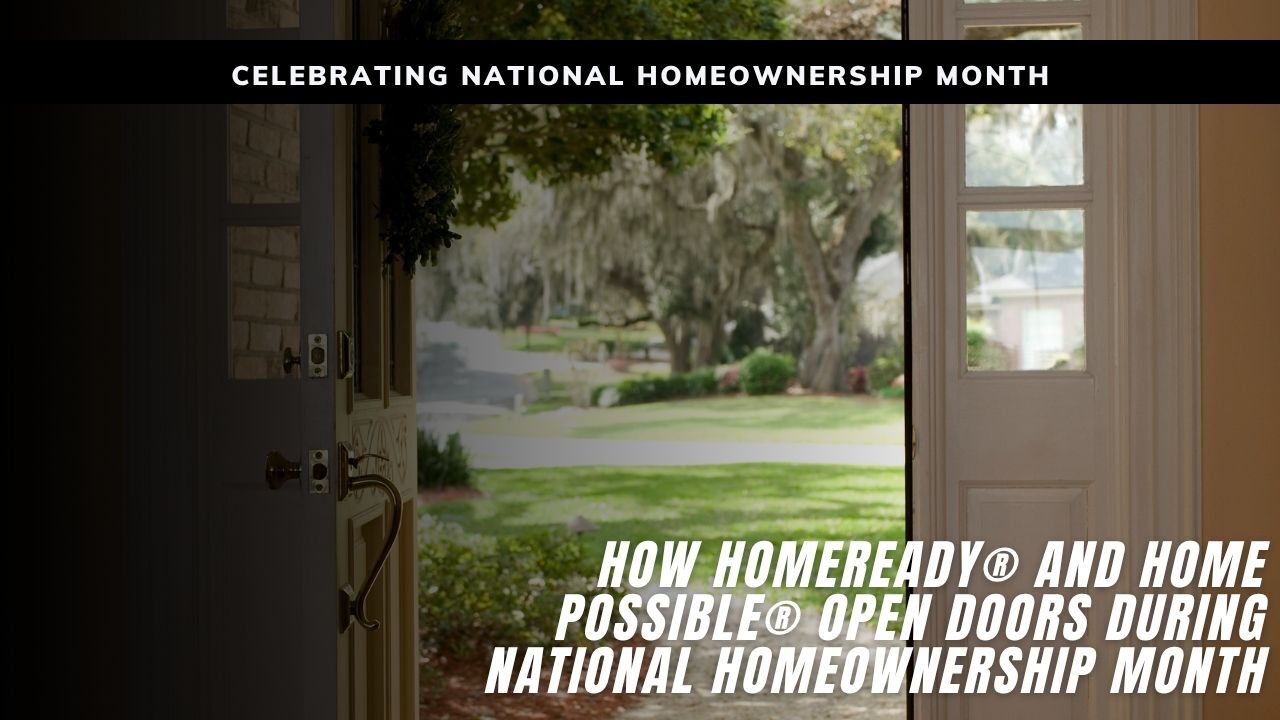The Impact of Gender and Race on Mortgage Approval Rates
 Addressing Inequity in Lending
Addressing Inequity in Lending
The mortgage approval process is a critical step in the path to homeownership. While lending guidelines are designed to promote fair and consistent evaluation, studies have shown that disparities persist based on gender and race. These differences raise important concerns about equal access to credit and the long-term effects on wealth building, community development, and financial equity in the United States.
Understanding the Approval Process
Mortgage approval decisions are based on a range of factors, including credit history, income, employment, debt-to-income ratio, and property value. In principle, these criteria are applied uniformly. However, when outcomes differ significantly across demographic groups, it suggests that deeper systemic issues may be influencing the process.
Disparities by Race
Data has shown that applicants who identify as Black, Hispanic, or Native American are more likely to be denied mortgage loans than White or Asian applicants, even when controlling for key financial variables. In many cases, these applicants are also offered less favorable loan terms, such as higher interest rates or increased fees.
The reasons for these disparities are complex and include factors such as historical redlining, lower rates of intergenerational wealth, unequal access to financial education, and ongoing discrimination within the housing and lending industries. While fair lending laws are in place, enforcement and accountability remain challenges in ensuring consistent application.
Disparities by Gender
Gender also plays a role in mortgage lending outcomes. While the approval rate gap between male and female applicants is narrower than that seen across racial lines, disparities still exist. Single female applicants tend to be approved at lower rates than single male applicants and are more likely to receive higher-cost loans.
Contributing factors may include differences in income, employment patterns, and credit profiles, but bias cannot be ruled out.
Intersectionality: The Overlapping Effects of Race and Gender
For individuals who experience both racial and gender bias, such as Black or Hispanic women, the impact can be even more pronounced. These borrowers may face a compounded disadvantage in the approval process and in the terms they are offered. Addressing the mortgage gap therefore requires a nuanced approach that recognizes how multiple aspects of identity influence financial outcomes.
Long-Term Impact on Wealth and Housing Stability
The effects of unequal mortgage approval rates extend far beyond the individual applicant. Homeownership is one of the most powerful tools for building wealth in the United States. When certain groups are systematically excluded or disadvantaged in the lending process, it limits their ability to accumulate equity, achieve financial stability, and pass wealth on to future generations.
Efforts Toward Equity and Fair Lending
Financial institutions, regulators, and advocacy groups have taken steps to address lending disparities. These efforts include increased transparency in lending data, enhanced training on fair lending laws, and expanded outreach to underserved communities. The use of alternative credit scoring models and community reinvestment programs are also gaining attention as ways to promote equity.
However, meaningful progress requires a sustained commitment to identifying and eliminating discriminatory practices, both overt and subtle. Equal access to credit is not only a matter of compliance but also a moral imperative and an economic necessity. Expanding fair access to mortgage lending helps create stronger families, healthier communities, and a more equitable future for all.

 June is National Homeownership Month, making it the perfect time to understand the full path to homeownership. If you are planning to buy a home, especially for the first time, knowing what to expect during the mortgage process can take away much of the stress. This guide walks you through each step and highlights how working with the right mortgage professional keeps everything on track.
June is National Homeownership Month, making it the perfect time to understand the full path to homeownership. If you are planning to buy a home, especially for the first time, knowing what to expect during the mortgage process can take away much of the stress. This guide walks you through each step and highlights how working with the right mortgage professional keeps everything on track. June is National Homeownership Month, a time to spotlight the programs that make owning a home more accessible to more people. While many potential buyers believe they need perfect credit or a large down payment, programs like HomeReady® and Home Possible® prove otherwise. As a mortgage originator, I see firsthand how these affordable loan options can turn homeownership from a dream into a reality.
June is National Homeownership Month, a time to spotlight the programs that make owning a home more accessible to more people. While many potential buyers believe they need perfect credit or a large down payment, programs like HomeReady® and Home Possible® prove otherwise. As a mortgage originator, I see firsthand how these affordable loan options can turn homeownership from a dream into a reality.